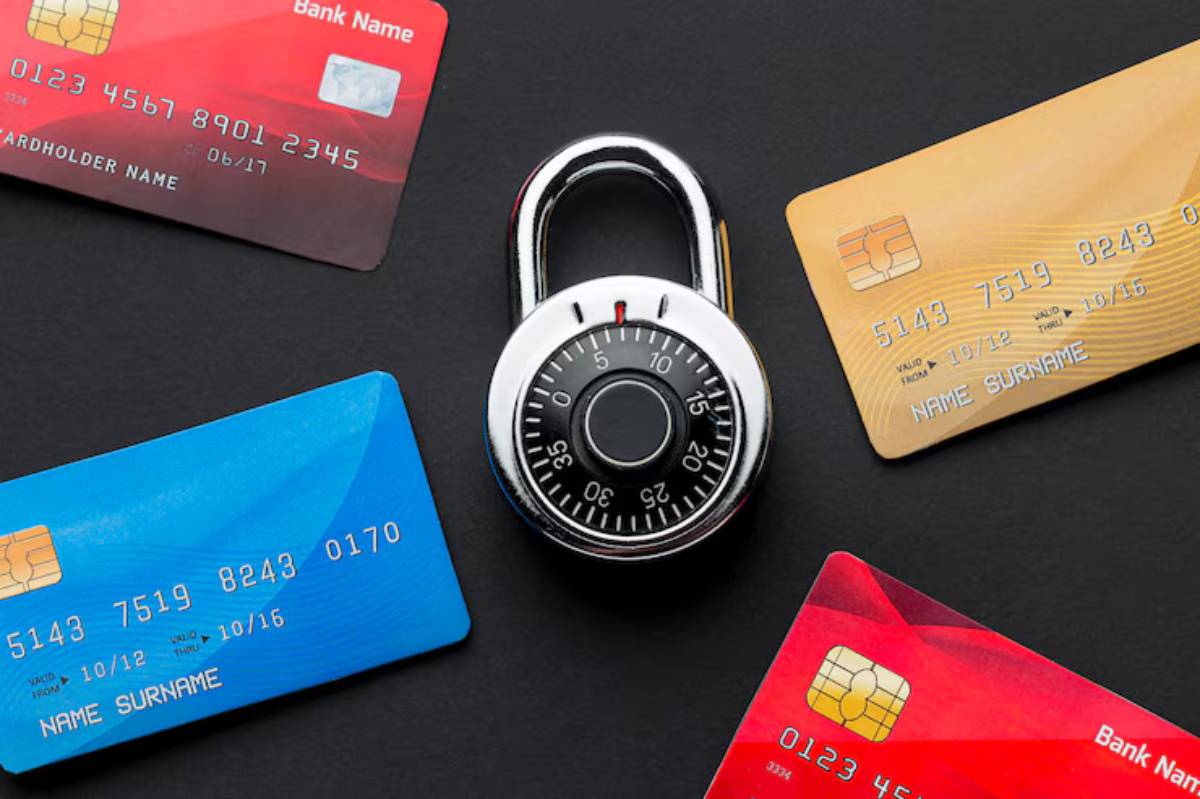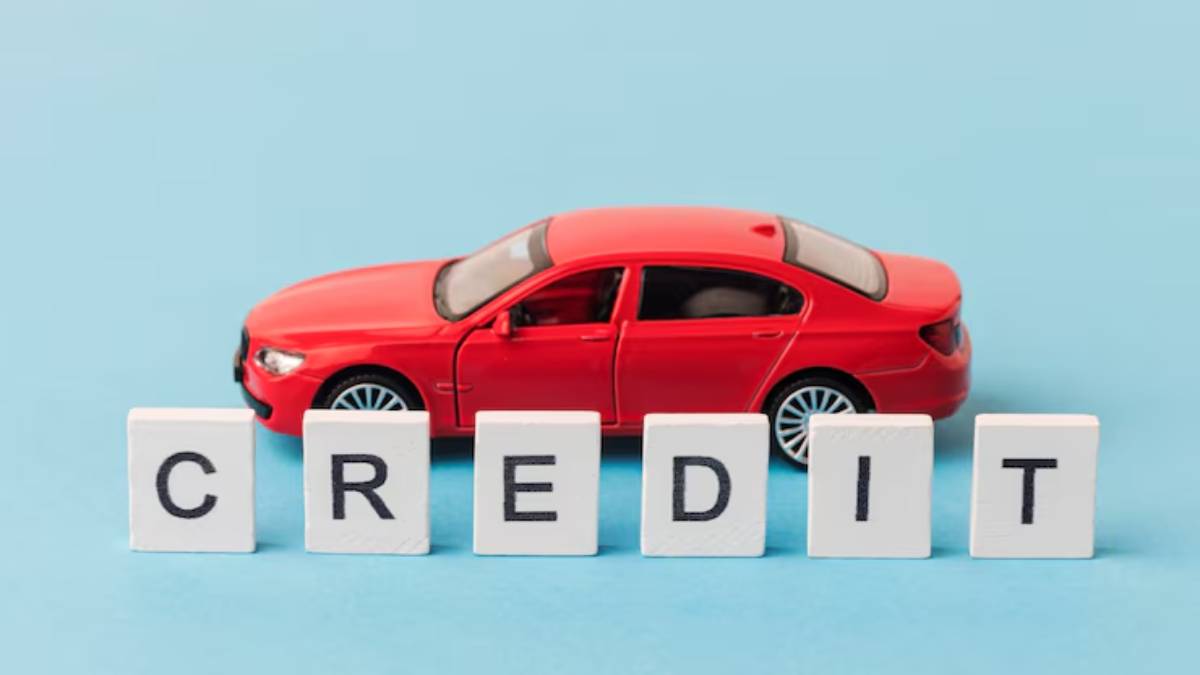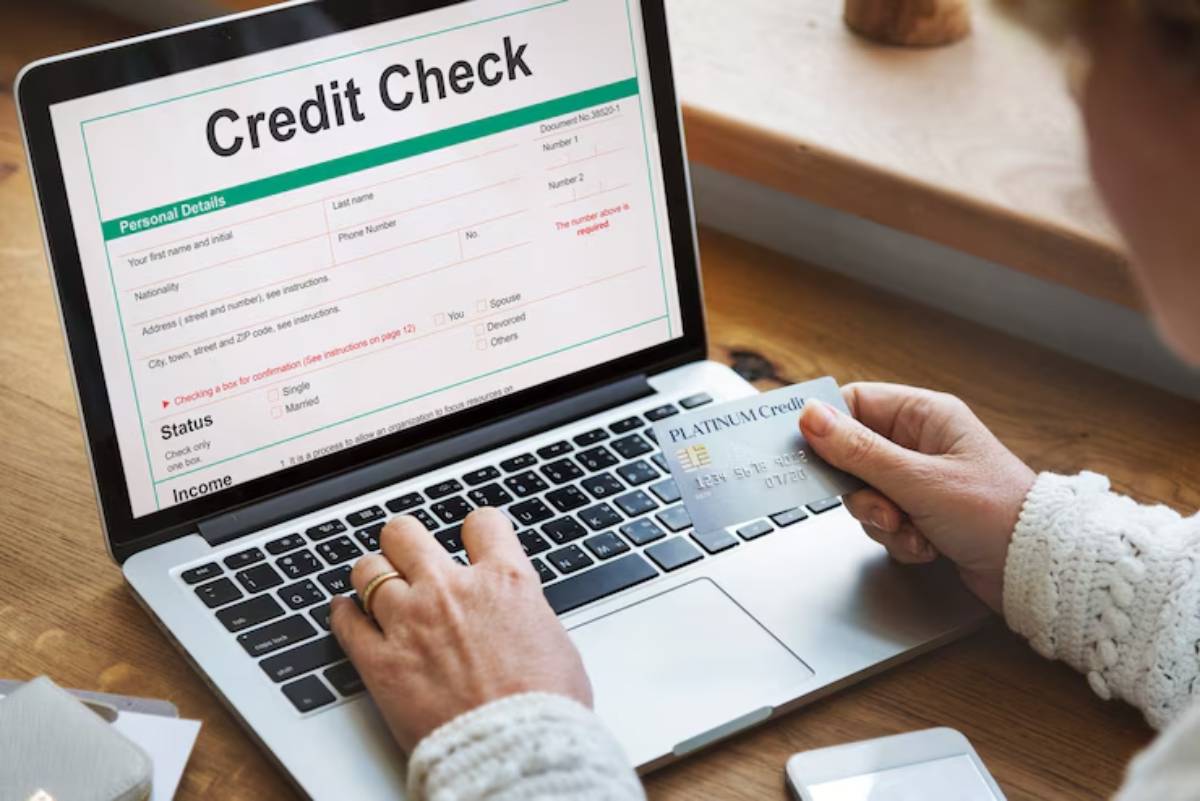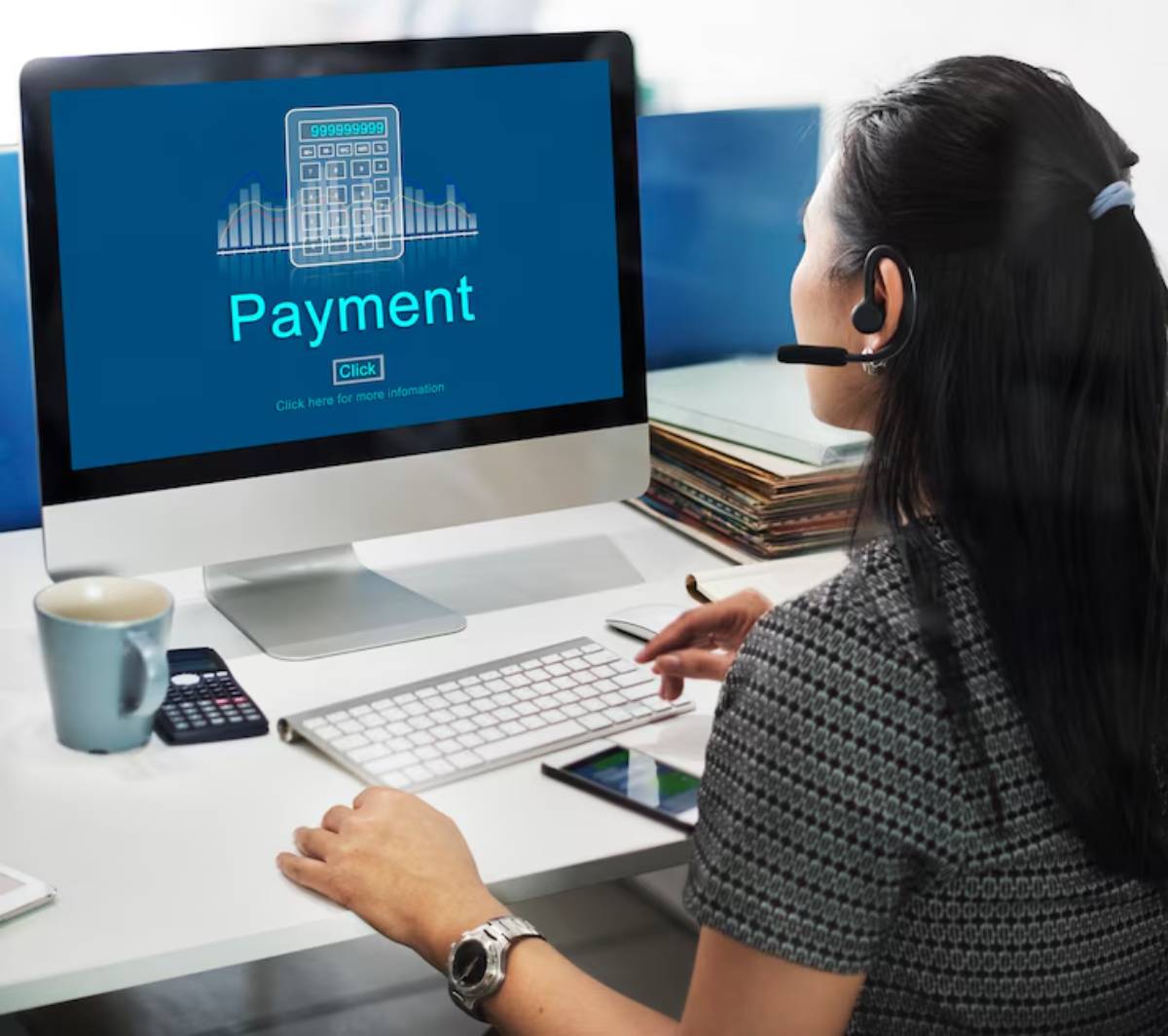
Secured Credit Cards: A Path to Credit Building
Starting from scratch with credit can feel overwhelming. You want to build your score, but you don’t qualify for a regular credit card. So what can you do?
Enter secured credit cards — a beginner-friendly tool that helps people start or rebuild their credit. With the right habits, a secured card can lead to better credit, better loans, and better financial freedom.
In this guide, you’ll learn how secured cards work, why they’re useful for credit building, and how to use them wisely.
What Is a Secured Credit Card?
A secured credit card is like a regular credit card — but with one key difference: you pay a deposit.
That deposit acts as your credit limit. For example, if you deposit £200, your spending limit is £200. This gives the bank some security, which is why it’s called “secured.”
You use the card to make purchases. Then you pay off the balance — just like a regular card.
Why Use a Secured Credit Card?
Secured credit cards are one of the most effective credit tools for beginners. Here’s why they’re so useful:
1. Easy Approval

Because of the deposit, banks take less risk. This means you’re more likely to get approved — even with bad or no credit.
2. Builds Credit History
The card reports to credit bureaus. That means your payments show up on your credit report — helping build your score over time.
3. Low Risk
Your spending limit is based on your deposit. This helps prevent overspending and keeps your debt under control.
4. Teaches Good Habits
You learn to use credit wisely. Pay on time. Keep your balance low. These habits set the foundation for lifelong credit building.
How Does a Secured Credit Card Help with Credit Building?
When you use your card the right way, you build a positive credit history. Here’s how it works:
- You make a purchase (like groceries or a bill)
- You pay the bill on time
- The lender reports your payment to the credit bureaus
- Your credit score improves as long as you stay consistent
Over time, this steady progress helps you qualify for better cards and loans — often with lower interest rates.
Learn more: Credit Builder Loans: What You Need to Know
Choose the Right Secured Credit Card
Not all cards are the same. When choosing a card, look for these features:
1. Reports to All Credit Bureaus
Make sure the card sends your activity to all major credit agencies. Otherwise, your hard work won’t help your score.
2. Low or No Annual Fee
Some secured cards charge high fees. Look for one with low or no annual costs.
3. Refundable Deposit
The best cards return your deposit when you upgrade or close the account in good standing.
4. Upgrade Options
Choose a card that offers the chance to move to an unsecured card after good behaviour — often after 6–12 months.
5. Online and App Access
Apps help you manage payments, track spending, and get alerts. This keeps you in control.
Get and Use a Secured Card
Follow these steps to make your secured credit card work for you:
Apply for a Card
Pick a card that suits your budget and needs. Fill out the application and pay your deposit.
Use the Card for Small Purchases

Use it for things you already buy — like petrol, groceries, or a monthly subscription.
Keep Balances Low
Try not to use more than 30% of your credit limit. If your limit is £200, stay under £60.
Pay Your Bill On Time
Always pay by the due date. On-time payments matter more than anything else.
Track Your Progress
Check your credit score monthly. Use free tools like Credit Karma or Experian to stay updated.
Upgrade When Ready
After 6–12 months of responsible use, ask about upgrading to a regular card. If approved, you may get your deposit back.
Mistakes to Avoid
When using secured cards, steer clear of these common pitfalls:
Carrying a Balance
Don’t leave charges unpaid just to “show usage.” That only costs you interest. Pay in full when you can.
Paying Late
Late payments hurt your score — even one can stay on your report for six years.
Maxing Out Your Limit
Using all your available credit makes you look risky. Stay under 30%, or even better, under 10%.
Closing the Card Too Soon
Your credit history length matters. Keep the card open while building a strong track record.
Who Should Get a Secured Card?
Secured cards are ideal for:
New Borrowers
If you’ve never had credit before, this is a safe way to start.
Students and Young Adults
Learning good habits early pays off later in life.
People Rebuilding Credit
If you’ve had financial trouble or defaults, secured cards can help you bounce back.
Recent Immigrants
If you’ve moved to a new country, secured cards help build local credit history from zero.
Alternatives to Secured Credit Cards
If secured cards aren’t right for you, consider these options:
- Credit-builder loans: Pay in small amounts to build savings and credit
- Authorised user status: Get added to someone else’s card to benefit from their credit history
- Rent and utility reporting: Use tools like Experian Boost or CreditLadder (UK) to add on-time payments to your report
Real-World Example
Sarah, age 23, had never used credit before. She opened a secured card with a £200 deposit and used it for her monthly phone bill. She paid it off in full every month.
After 8 months:
- Her credit score rose by 100 points
- She qualified for a regular credit card
- Her deposit was refunded when she upgraded
It all started with one smart choice — and good habits.
Small Card, Big Opportunity
Secured credit cards are one of the best ways to start your credit building journey. They’re simple, low risk, and proven to work — if you use them wisely.
With consistent use, on-time payments, and smart spending, you’ll build trust with lenders and open the door to better financial options.
Read next: Becoming an Authorised User: Pros and Cons


